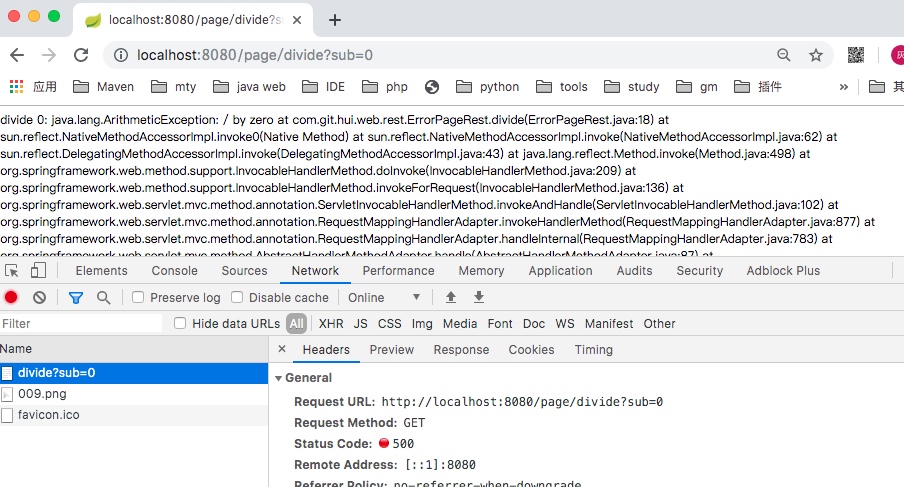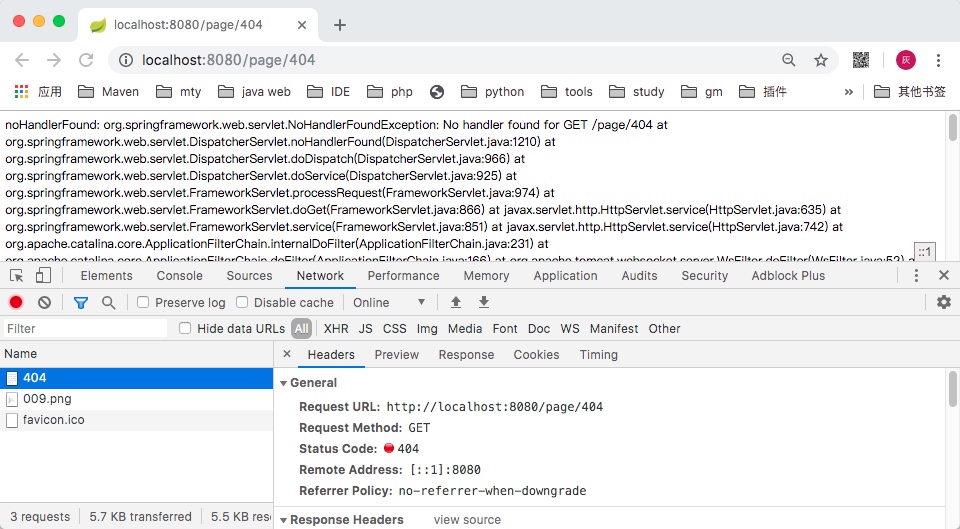您好,登录后才能下订单哦!
本篇内容主要讲解“SpringBoot全局异常处理的使用方法”,感兴趣的朋友不妨来看看。本文介绍的方法操作简单快捷,实用性强。下面就让小编来带大家学习“SpringBoot全局异常处理的使用方法”吧!
首先得搭建一个 web 应用才有可能继续后续的测试,借助 SpringBoot 搭建一个 web 应用属于比较简单的活;
创建一个 maven 项目,pom 文件如下
<parent> <groupId>org.springframework.boot</groupId> <artifactId>spring-boot-starter-parent</artifactId> <version>2.1.7</version> <relativePath/> <!-- lookup parent from update --> </parent> <properties> <project.build.sourceEncoding>UTF-8</project.build.sourceEncoding> <project.reporting.outputEncoding>UTF-8</project.reporting.outputEncoding> <spring-cloud.version>Finchley.RELEASE</spring-cloud.version> <java.version>1.8</java.version> </properties> <dependencies> <dependency> <groupId>org.springframework.boot</groupId> <artifactId>spring-boot-starter-web</artifactId> </dependency> <dependency> <groupId>com.alibaba</groupId> <artifactId>fastjson</artifactId> <version>1.2.45</version> </dependency> </dependencies> <build> <pluginManagement> <plugins> <plugin> <groupId>org.springframework.boot</groupId> <artifactId>spring-boot-maven-plugin</artifactId> </plugin> </plugins> </pluginManagement> </build> <repositories> <repository> <id>spring-milestones</id> <name>Spring Milestones</name> <url>https://repo.spring.io/milestone</url> <snapshots> <enabled>false</enabled> </snapshots> </repository> </repositories>
依然是一般的流程,pom 依赖搞定之后,写一个程序入口
/**
* Created by @author yihui in 15:26 19/9/13.
*/
@SpringBootApplication
public class Application {
public static void main(String[] args) {
SpringApplication.run(Application.class);
}
}我们通常利用@ControllerAdvice配合注解@ExceptionHandler来实现全局异常捕获处理
@ControllerAdvice为所有的 Controller 织入增强方法
@ExceptionHandler标记在方法上,表示当出现对应的异常抛出到上层时(即没有被业务捕获),这个方法会被触发
下面我们通过实例进行功能演示
我们定义两个异常捕获的 case,一个是除 0,一个是数组越界异常
@Slf4j
@ControllerAdvice
public class GlobalExceptionHandler {
public static String getThrowableStackInfo(Throwable e) {
ByteArrayOutputStream buf = new ByteArrayOutputStream();
e.printStackTrace(new java.io.PrintWriter(buf, true));
String msg = buf.toString();
try {
buf.close();
} catch (Exception t) {
return e.getMessage();
}
return msg;
}
@ResponseBody
@ExceptionHandler(value = ArithmeticException.class)
public String handleArithmetic(HttpServletRequest request, HttpServletResponse response, ArithmeticException e)
throws IOException {
log.info("divide error!");
return "divide 0: " + getThrowableStackInfo(e);
}
@ResponseBody
@ExceptionHandler(value = ArrayIndexOutOfBoundsException.class)
public String handleArrayIndexOutBounds(HttpServletRequest request, HttpServletResponse response,
ArrayIndexOutOfBoundsException e) throws IOException {
log.info("array index out error!");
return "aryIndexOutOfBounds: " + getThrowableStackInfo(e);
}
}在上面的测试中,我们将异常堆栈返回调用方
增加几个测试方法
@Controller
@RequestMapping(path = "page")
public class ErrorPageRest {
@ResponseBody
@GetMapping(path = "divide")
public int divide(int sub) {
return 1000 / sub;
}
private int[] ans = new int[]{1, 2, 3, 4};
@ResponseBody
@GetMapping(path = "ary")
public int ary(int index) {
return ans[index];
}
}实例测试如下,上面我们声明捕获的两种异常被拦截并输出对应的堆栈信息;
但是需要注意
404 和未捕获的 500 异常则显示的 SpringBoot 默认的错误页面;
此外我们捕获返回的 http 状态码是 200

上面的 case 中捕获的异常返回的状态码是 200,但是在某些 case 中,可能更希望返回更合适的 http 状态码,此时可以使用ResponseStatus来指定
使用方式比较简单,加一个注解即可
@ResponseBody
@ExceptionHandler(value = ArithmeticException.class)
@ResponseStatus(HttpStatus.INTERNAL_SERVER_ERROR)
public String handleArithmetic(HttpServletRequest request, HttpServletResponse response, ArithmeticException e)
throws IOException {
log.info("divide error!");
return "divide 0: " + getThrowableStackInfo(e);
}
通过@ControllerAdvice配合@ExceptionHandler可以拦截 500 异常,如果我希望 404 异常也可以拦截,可以如何处理?
首先修改配置文件application.properties,将NoHandlerFoundException抛出来
# 出现错误时, 直接抛出异常 spring.mvc.throw-exception-if-no-handler-found=true # 设置静态资源映射访问路径,下面两个二选一, spring.mvc.static-path-pattern=/statics/** # spring.resources.add-mappings=false
其次是定义异常捕获
@ResponseBody
@ExceptionHandler(value = NoHandlerFoundException.class)
@ResponseStatus(HttpStatus.NOT_FOUND)
public String handleNoHandlerError(NoHandlerFoundException e, HttpServletResponse response) {
return "noHandlerFound: " + getThrowableStackInfo(e);
}再次测试如下,404 被我们捕获并返回堆栈信息

到此,相信大家对“SpringBoot全局异常处理的使用方法”有了更深的了解,不妨来实际操作一番吧!这里是亿速云网站,更多相关内容可以进入相关频道进行查询,关注我们,继续学习!
免责声明:本站发布的内容(图片、视频和文字)以原创、转载和分享为主,文章观点不代表本网站立场,如果涉及侵权请联系站长邮箱:is@yisu.com进行举报,并提供相关证据,一经查实,将立刻删除涉嫌侵权内容。